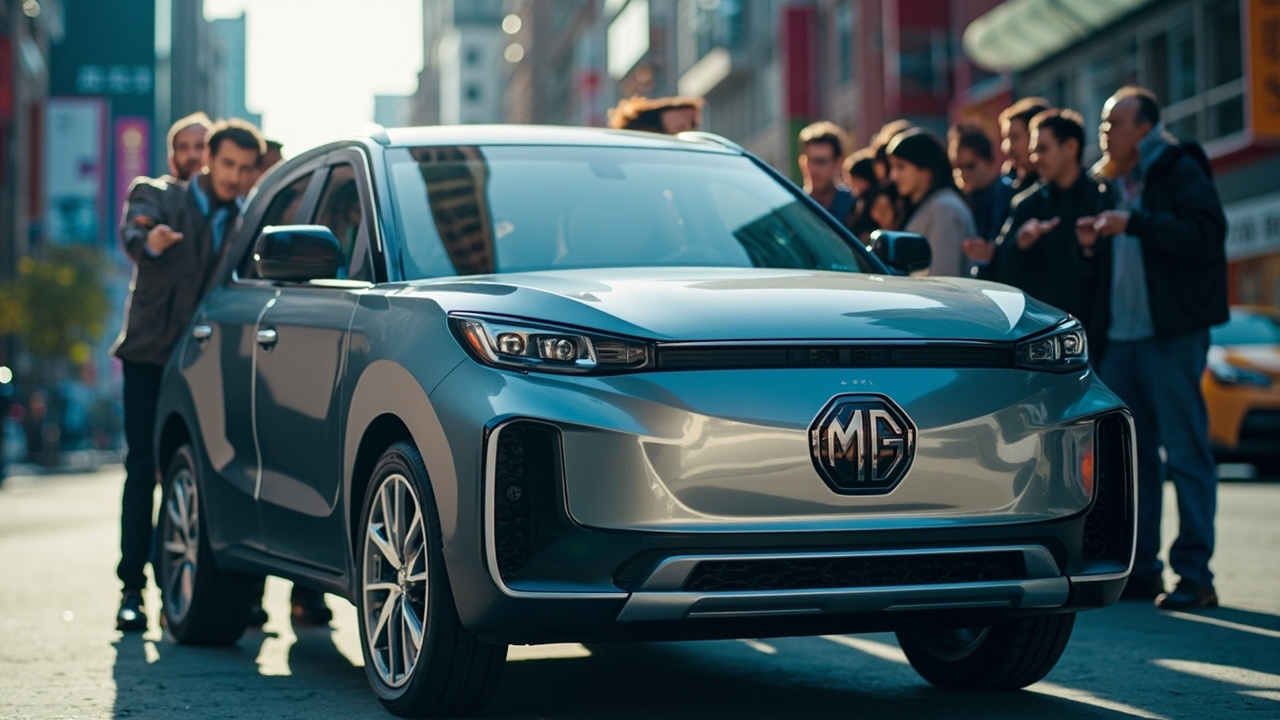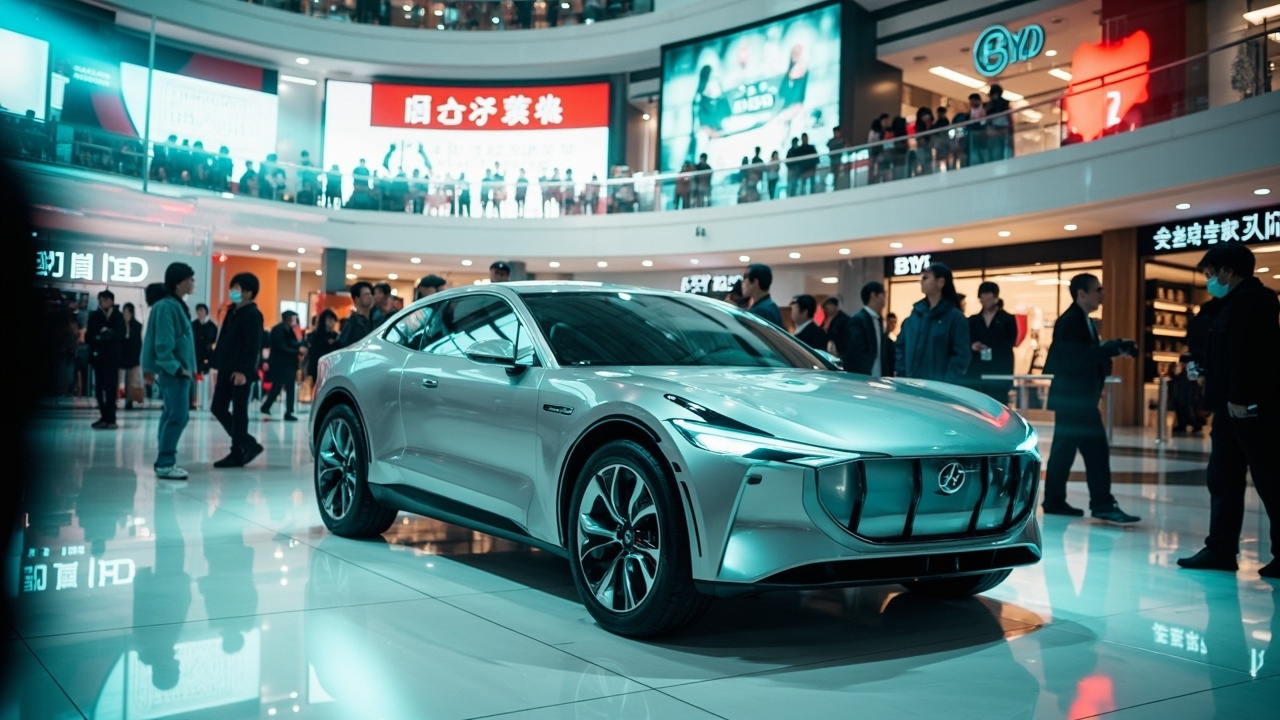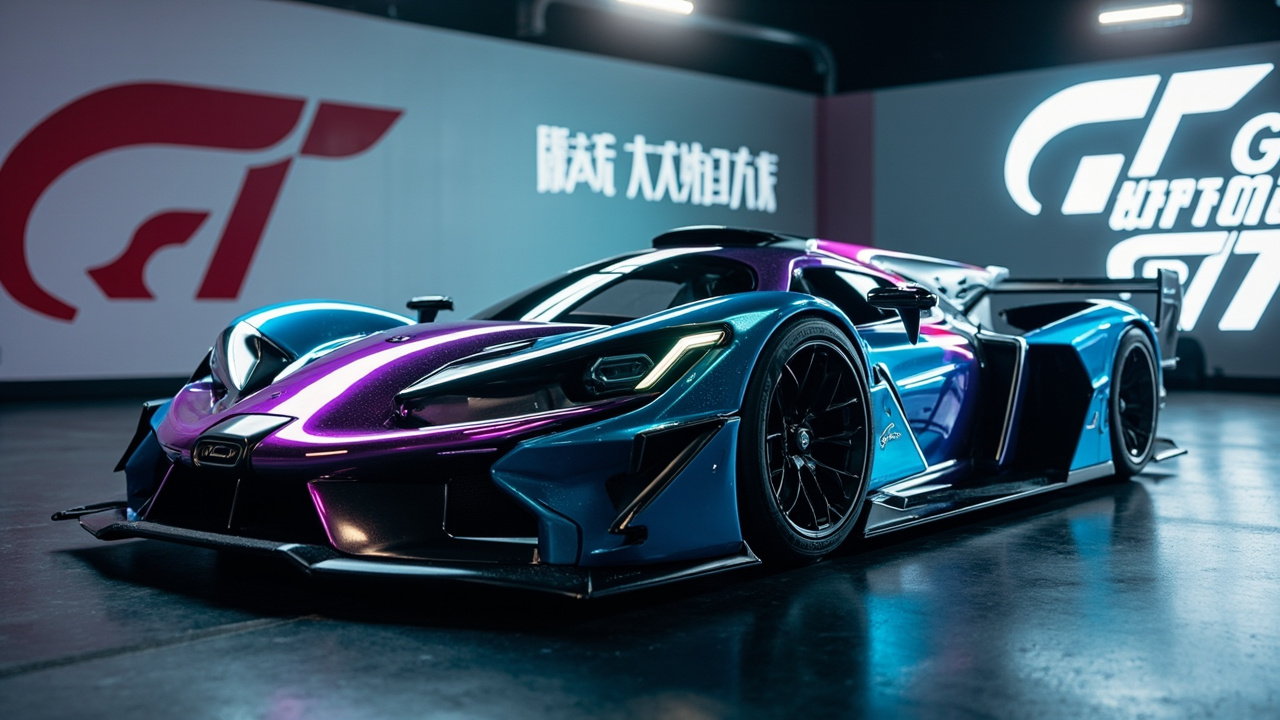Mitsubishi May Bring Back FWD Outlander Sport to Lower the Price
Reports on manufacturing, labor and earnings with clear, practical context. Drives a Tesla Model 3 RWD; family hauler is a Volvo XC60.
In an effort to reintroduce affordability into its lineup, Mitsubishi is reportedly considering the revival of a front-wheel-drive (FWD) version of its Outlander Sport SUV. This move comes amid the discontinuation of its sub-$20,000 subcompact cars, the Mirage and Mirage G4, which once offered budget-conscious buyers a viable option in the automotive market.
The potential return of the FWD Outlander Sport is seen as a strategic response to fill the gap left by the Mirage and Mirage G4. These vehicles, priced at $18,015 and $19,115 respectively, were vital in offering a budget-friendly entry point for Mitsubishi customers. With their discontinuation, the Outlander Sport, currently starting at $26,955, has become the brand’s most affordable offering. By reintroducing a FWD model, Mitsubishi aims to lower this price by approximately $1,500, making it more appealing to a broader audience.
The automotive market landscape has shifted significantly, with affordable new cars becoming rarer. The Nissan Versa is currently the only model in the U.S. with a starting price below $20,000, highlighting the challenge for manufacturers to keep prices low while meeting safety and efficiency standards. Mitsubishi's plan to reintroduce the FWD Outlander Sport is not just about price competitiveness; it is also about positioning itself strategically within the subcompact SUV market, which includes strong contenders like the Chevy Trax and Kia Seltos.
Mark Chaffin, CEO of Mitsubishi North America, has expressed optimism about this strategy. He believes that an entry-level SUV priced around $25,000 could bolster sales and improve dealer profits. However, the company faces additional challenges such as tariffs, given that all Mitsubishi models are imported into the U.S. These tariffs could impact final pricing and thus influence the company's pricing strategy for the Outlander Sport.
The decision to potentially reintroduce the FWD Outlander Sport reflects a broader industry trend where automakers are re-evaluating their portfolios to balance affordability with profitability. As Mitsubishi navigates these changes, the outcome could serve as a case study in how traditional manufacturers adapt to a market increasingly dominated by SUVs and the rising costs associated with producing subcompact vehicles.
About Priya Nair
Reports on manufacturing, labor and earnings with clear, practical context. Drives a Tesla Model 3 RWD; family hauler is a Volvo XC60.



